As the Kentucky Bourbon Trail—the official route that includes dozens of distillers of America’s Spirit (the corn whiskey distilled in oak barrels that’s only made here)—celebrates its 25th anniversary, there’s never been a better time to experience it. With a quarter-century under its belt, the trail of makers has seen smaller bourbon networks spring up nearby—like the Kentucky Craft Trail—for a smaller feel. And for something more urban, there’s now Louisville’s Urban Bourbon Trail, and Northern Kentucky’s B-Line of bourbon bars located just outside of bustling Cincinnati.
Climbing Mount Everest can be deadly. Some Sherpa guides say the grueling work isn't worth it anymore.
01.06.2024 - 10:41 / insider.com
The following story is based on Business Insider's short film about Sherpas, an ethnic group known for their mountaineering prowess on Mount Everest. The film, "Why Some Sherpas Say There Won't Be Any Guides on Everest in 10 Years,"was directed by Prakhar Deep Jain and produced by BI's video team.
It's so treacherous to summit Mount Everest that human remains are a common sight on its frigid mountainside.
Among the frozen bodies are many ethnic Sherpas — an Indigenous people who make up the majority of Everest climbing guides.
Their job is to do everything possible to help mountaineers — who, from 2025, will pay up to $15,000 just for a permit to climb the world's tallest mountain — reach the summit safely. Duties include carrying heavy packs with supplies and assisting people through the most perilous sections of the mountain, such as the infamous Khumbu Icefall.
No day on Everest is a walk in the park, which is precisely why some Sherpas think the era of their people dominating the mountain as climbing guides is coming to an end.
Phurba Wangchhu Sherpa, a 48-year-old guide who has summited Everest more than a dozen times, said: "There will not be any Sherpas left in the mountain in 10 years." (Most Sherpas, including those interviewed for this film, have the last name Sherpa.)
Here's why.
Climbing Everest once and living to tell the tale is a feat — doing it more than once is why Sherpas are such a crucial asset on an expedition, according to climber Sam Rashid.
"When you're at high altitude, and they tell you 'It's OK, it's going to be OK,' said Rashid, who trained for over a year for his first attempt to summit Everest in 2023. "It's very reassuring that they've summited so many times."
If anyone is built to climb Everest, it's Sherpas.
In 2017, academics at the University of Cambridge published research indicating that over thousands of years, Sherpas have genetically evolved to use oxygen more efficiently and preserve muscle energycompared to people who live at lower altitudes.
Their bodies, down to a cellular level, are fine-tuned for the mountains. "There's certainly something really remarkable about their ability," Andrew Murray, who worked on the Cambridge study, told NPR.
Remarkable as they may be, Sherpas aren't immune to Everest's many dangers, which include unexpected avalanches, hidden crevasses, and falling ice and rock.
The Himalayan Database reports over 330 people have died on the mountainsince the early 1900s. One hundred and seven of the dead are Sherpas.
"A lot of amazing Sherpas lose their lives here every year," said Phurba Wangchhu,the guide who has summited over a dozen times."Many of my own friends have lost their lives."
Reflecting on an incident in 2023 where three Sherpas

‘Bad for tourism’: Why travel agents say the new EU Entry/Exit system could be delayed again
After being delayed for years, the EU’s Entry/Exit System (EES) is expected to come into force this autumn.

Israeli tour guides say leading groups to October 7 terror sites is the only way for them to make money now
Amit Musaei survived the Nova Festival terror attack in Israel late last year.

An Honest Guide to the Airport Lounges at Denver International Airport
Afar partners with CreditCards.com and may receive a commission from card issuers. This site does not include all financial companies or all available financial offers. Compensation may impact how an offer is presented. Our coverage is independent and objective, and has not been reviewed, approved, or endorsed by any of these entities. Opinions expressed here are entirely those of the Afar editorial team.
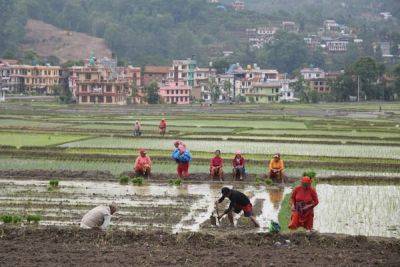
Copy My Trip: A homestay tour of the Kathmandu Valley, Nepal
Jun 11, 2024 • 9 min read

Biking in Boston: 3 of the best off-road cycling routes
In recent years, Boston has made vast improvements in its infrastructure for cyclists, including painting miles of bicycle lanes and implementing an excellent bike-share program. Local drivers are used to sharing the roads with their two-wheeled friends, but cyclists should always obey traffic rules and ride defensively.
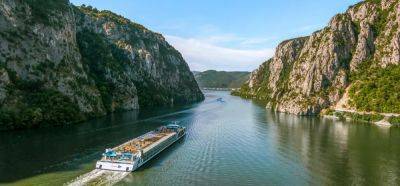
The Can't-Miss Travel Deals for June
Travelers can take advantage of a plethora of ways to save this summer.

Oyo Launches Premium Vacation Rental Homes in UK
Oyo is expanding the footprint of its premium vacation home rental brand, Belvilla: On Tuesday, it announced the launch of Belvilla by Oyo in the UK.
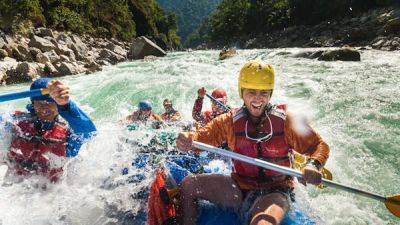
More than mountains: the top things to do in Nepal
Home to eight of the tallest peaks in the world, Nepal is most famous for its enormous mountains.

An alternative guide to the Lakes: how to escape Cumbria’s twee side
You’d be forgiven, as a visitor to the Lake District, for imagining that the governing attractions are daffodils, Grasmere gingerbread, Herdy (the bleating fell-side variety and the brand), mountain watercolours and lake steamers. So fixed have these associations become with the region that it’s now the victim of its own twee, commercial image.
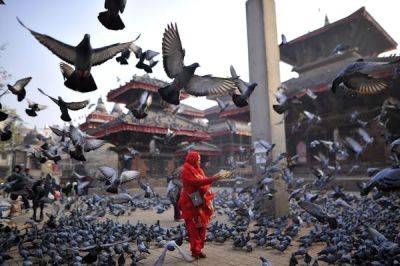
When is the best time to visit Nepal?
While Nepal may be most famous for its high-altitude mountains, it actually spans from the lowland Terai – the jungle-filled plains bordering India – to the edge of the high-altitude Tibetan Plateau. There’s a lot of climatic variety.
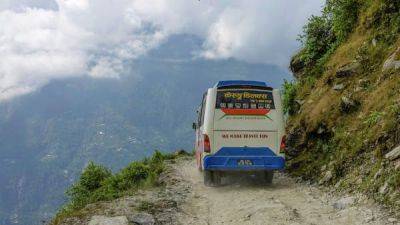
However you get around Nepal, you can count on amazing views
Whether you’re traveling around Nepal by air, public bus or private car, you can be sure of a ride that’s incredibly scenic.
